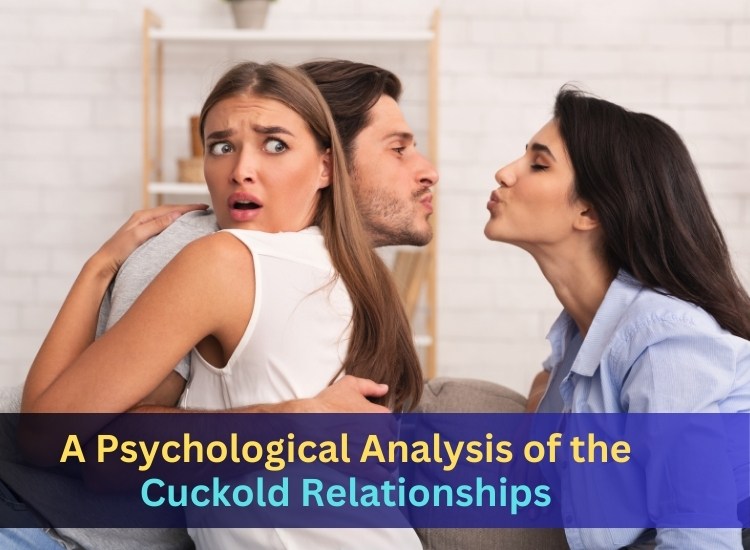Cuckolding is a unique and complex relationship dynamic that involves one partner deriving pleasure from their partner engaging in sexual activities with others. This practice is rooted in trust, communication, and consent, and it has gained increasing attention in recent years. Below is a synthesis of key insights from the search results, organized into relevant themes:
1. Definition and Core Concepts
-
What is Cuckolding?
Cuckolding is a consensual non-monogamous relationship where one partner (often referred to as the "cuckold") derives emotional or sexual satisfaction from their partner (the "cuckoldress" or "hotwife") engaging in sexual activities with others, known as "bulls." This dynamic often involves elements of power exchange, voyeurism, and compersion (finding joy in a partner's pleasure). -
Key Characteristics
-
Consent and Communication: All parties must agree to the arrangement, with clear boundaries and ongoing dialogue to ensure emotional well-being.
-
Power Dynamics: Cuckolding often includes a submissive role for the cuckold, who may experience feelings of humiliation or arousal from their partner's activities.
-
Emotional Resilience: Trust and emotional support are crucial to navigating potential challenges like jealousy or insecurity.
-









